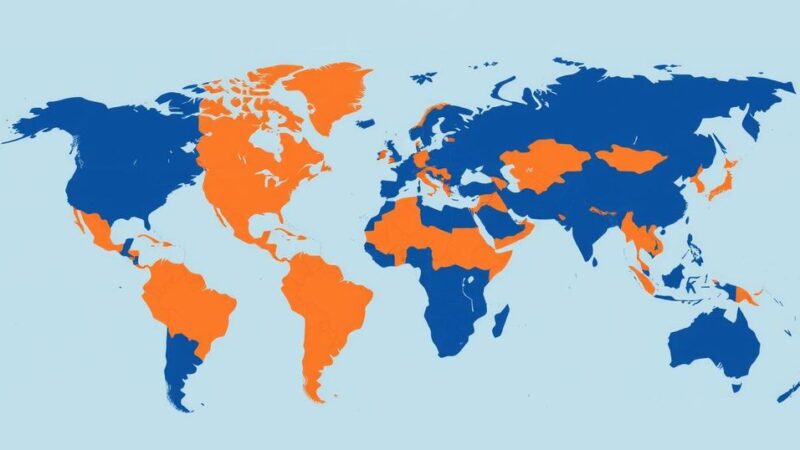The 1904 gubernatorial election in Colorado was marred by widespread fraud and intimidation, ultimately resulting in Alva Adams’s temporary governorship being overshadowed by political unrest and the installation of Lt. Governor Jesse McDonald. The election, rife with accusations of corruption, showcased significant challenges in electoral integrity influenced by labor conflicts and partisan alliances.
The gubernatorial election in Colorado during 1904 is often described as a period of profound electoral corruption, featuring widespread incidents of fraud, voter intimidation, and ballot stuffing. Democrat Alva Adams initially seemed poised to secure the governor’s office after receiving a substantial margin of the vote. However, incumbent Republican Governor James H. Peabody and his supporters rejected the election results, leading to an unprecedented political impasse that would culminate in the installation of three governors within a 24-hour period. Ultimately, it was Lt. Governor Jesse McDonald who assumed office, amidst allegations that the integrity of the vote had been severely undermined by various illegal actions on both sides of the political spectrum.
The complexities surrounding the 1904 election were exacerbated by the volatile backdrop of labor unrest in Colorado, where numerous strikes and violent confrontations had taken place. Governor Peabody, previously elected on a platform of law and order, aligned himself with mining companies and resorted to calling out the National Guard against striking miners, further inflaming tensions. In contrast, Alva Adams had previously demonstrated support for workers and labor rights during his prior terms as governor, which bolstered his campaign against Peabody’s administration.
Despite Adams’ initial electoral success, multiple incidents of voter fraud and coercion tainted the election process. Reports detail numerous instances where more votes were recorded than registered voters, particularly in Democratic districts in Denver, while mine owners in Republican areas threatened workers with job loss if they supported Adams. Furthermore, corrupt practices were rampant, with claims of paid “repeaters” voting multiple times, and accusations that powerful corporations collaborated with the Republican party to skew the election results. This chaotic political scenario highlights the challenges in establishing a free and fair electoral process during a time of intense partisan conflict and social unrest in Colorado.
The legal and legislative aftermath of the election revealed the extent of the issues at hand, as both factions sought to discredit one another while alleging widespread corruption. The actions of individuals like Huerfano County Clerk Juan Montez, who allegedly manufactured votes, and the appointment of a new member to the Colorado Supreme Court by Peabody, further exemplified the underlying corruption and lack of legitimacy that permeated the election. In the end, the concession among rival candidates to resolve the impasse resulted in McDonald assuming office, yet the long-lasting impacts of the election’s chaos continued to shape Colorado’s political landscape for years to come.
The gubernatorial election of 1904 in Colorado is widely regarded as one of the most corrupt elections in Colorado history. The political climate at the time was heavily influenced by labor disputes and economic turmoil within the state. Governor James H. Peabody, who had ties to mining interests, fostered an atmosphere of intimidation against union activities. Alva Adams, a Democrat with a history of supporting labor rights, faced significant challenges from Peabody’s administration amid widespread accusations of electoral fraud and coercion. These competing political interests resulted in a highly contentious election process marked by significant irregularities and public discontent.
In conclusion, the 1904 gubernatorial election in Colorado epitomizes the profound complexities and challenges inherent in the electoral process, especially during times of societal upheaval. Corruption, voter intimidation, and fraudulent practices severely compromised the integrity of the election, resulting in a significant political crisis. The ultimate succession of governors, culminating in Lt. Governor McDonald’s ascent, underscores the lasting ramifications of this tumultuous election on Colorado’s governance and its electoral system as a whole.
Original Source: www.gjsentinel.com





